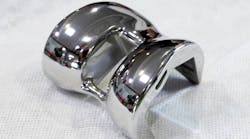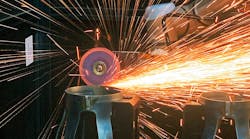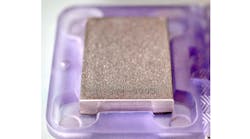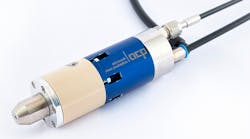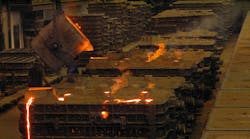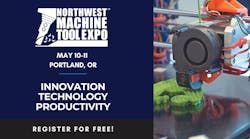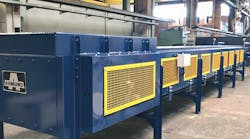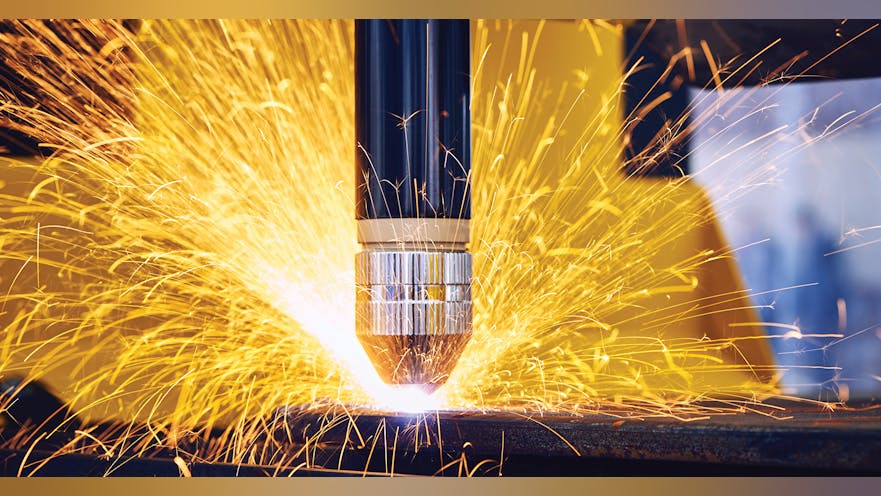Large-dimension aluminum diecastings, some of them known as “megacastings,” have gained significance in automotive design and manufacturing during recent production series – initially because they offered weight and time savings. Consolidating multiple components into singular structures reduces a vehicle’s overall mass, shortens a vehicle’s supply chain, saves material costs, and minimizes assembly steps. These advantages have emerged with particular importance in the design and production of battery-electric and hybrid-electric vehicles – Tesla Motors, notably, is producing entire chassis structures as aluminum castings – but the impact of automotive structural castings is not limited to those clean-sheet programs.
Now it emerges that producing large-dimension castings is influencing the assembly process in new ways, too. Removing casting sprues is an important finishing step for cast components. Conventionally, the sprues are separated from the main body of the part by punching the excess material out of the frame. This is possible and cost-effective with smaller parts that do not require complex or oversized punch machines.
But a diecast chassis frame is a single part that spans a wide area, so stamping out sprues calls for a more expensive and less flexible set-up.
SIR (Soluzioni Industriali Robotizzate) is an integrator that builds robotic work cells for foundries, automakers, and other manufacturers. Working with Hypertherm, a developer of welding systems, SIR has optimized a plasma cutting application using robotic arms.
In the installation that SIR has highlighted, plasma cutting is proving to be a “cost-effective and efficient alternative to punching for removing sprues in one-piece castings, offering convenience, cost savings, flexibility, and ease of use.”
According to SIR the intrinsic function of robotic arms offers the ability to adapt to different types of cuts on different components, which results in cost savings in the process set-up. Also, the characteristics of the plasma torch guarantees lower consumption and costs than the alternatives. The process achieves clean cuts that require less grinding or deburring in subsequent finishing steps.
If the casting being processed is changed, there is no need to switch punching tools. Simply reprogramming the robot paths and the workpiece grippers and supports allows the process to continue.
SIR and Hypertherm are collaborating to optimize these applications to support cutting of sprues of different thicknesses, adjust cutting speeds, and improve cut quality. In the robotic-cell application recently developed by SIR for an automotive customer, plasma torches remove sprues from cast-aluminum front and rear half-frames. In addition to handling the workpiece, the robots handle cutting and removal of sprues and runners.
The installation is complemented by manual deburring cells, which is also set to be robotized in the future.
For the customer and SIR, the objective is to apply technologies that allow clean cuts with greater flexibility than conventional cutting processes. The cell offers a high adaptability for machining parts of different sizes and shapes, with high-quality and high-efficiency machining, anticipating a solution for diecasters or automotive customers evaluating how to handle large-dimension components.

